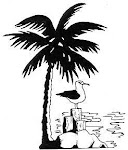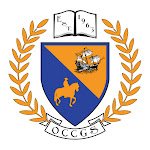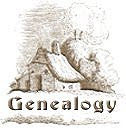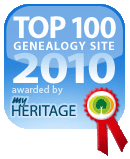These are exciting times in family research for all of us. There are two game changers that are worth talking about. One is DNA testing and the other is Google Books. Today I am going to talk about Google Books.
Google Book Search is a service from Google that searches the full text of books that Google scans, converts to text using optical character recognition, and stores in its digital database. The service was formerly known as Google Print when it was introduced at the Frankfurt Book Fair in October 2004. When relevant to a user's keyword search, up to three results from the Google Book Search index are displayed above search results in the Google Web Search service (google.com). A user may also search just for books at the dedicated Google Book Search service. Clicking a result from Google Book Search opens an interface in which the user may view pages from the book as well as content-related advertisements and links to the publisher's website and booksellers. Through a variety of access limitations and security measures, some based on user-tracking, Google limits the number of viewable pages and attempts to prevent page printing and text copying of material under copyright.
The Google Book Search database continues to grow. Google Book Search allows public-domain works and other out-of-copyright material to be downloaded in PDF format. For users outside the United States, though, Google must be sure that the work in question is indeed out of copyright under local laws. According to a member of the Google Book Search Support Team, "Since whether a book is in the public domain can often be a tricky legal question, we err on the side of caution and display at most a few snippets until we have determined that the book has entered the public domain.”
Many of the books are scanned using the Elphel 323 camera at a rate of 1,000 pages per hour. The initiative has been hailed for its potential to offer unprecedented access to what may become the largest online corpus of human knowledge and promoting the democratization of knowledge but it has also been criticized for potential copyright violations.
Here is a link to Google Books: http://books.google.com/bkshp?hl=en&tab=wp





